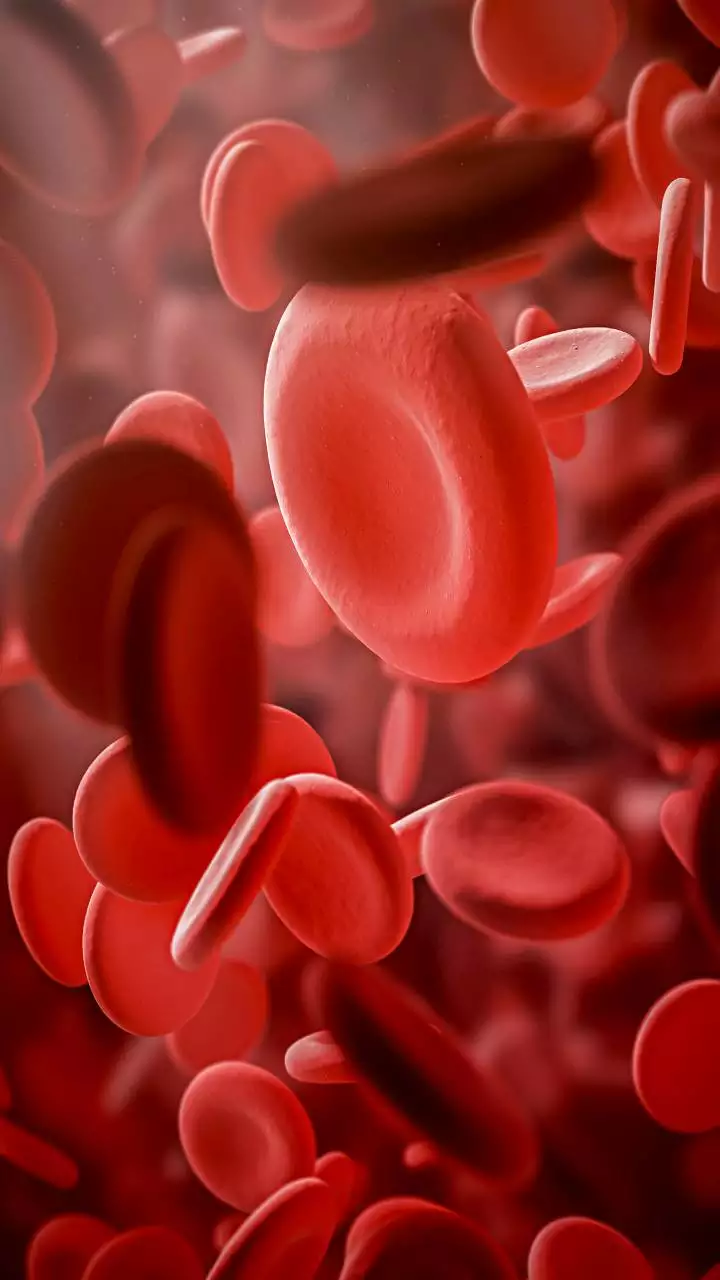Traditional treatments may help you manage the pain to some extent, but they are unable to repair tissue or stop the degenerative process that leads to joint damage. Arthritis is a group of painful disorders that affect the joints. The most prevalent type of arthritis, osteoarthritis, develops when the cartilage in your joints deteriorates from regular wear and use.
Regenerative medicine has great promise for those with osteoarthritis. It isn’t a drastic measure like joint replacement surgery when symptoms are only temporarily relieved but the underlying issue remains unaddressed by medication. It has provided millions of patients with the means to experience less pain, more strength, a better range of motion, and an overall higher quality of life. However, it functions rather differently than most people believe.

WHAT IS REGENERATIVE MEDICINE?
Age, injury, and overuse are three of the most common causes of osteoarthritis. Long-term inflammation of the adjacent muscles, tendons, and ligaments that make up the joint can cause pain and impair movement.
This area of medicine focuses on finding natural ways to replace, fix, or regenerate worn-out human tissue. Regenerative medicine makes use of the body’s natural ability to mend. You can inject your growth factor-rich stem cells, platelets, and amniotic fluid into arthritic joints to reduce inflammation and encourage the emergence of new, healthier cells.
When opposed to surgical procedures, regenerative medicine delivers long-term pain alleviation and quicker healing and recovery. The operations are quick and easy, and carry no danger of infection or blood loss. Regenerative therapies work best on joints like the elbows, knees, and shoulders.
THE BENEFITS OF REGENERATIVE MEDICINE
So, if the loss of cartilage is what leads to OA, regenerative medicine just aids in its regrowth, while this would be ideal, it is regrettably not the case. No therapy has yet been demonstrated to regenerate missing joint cartilage.
Instead, by bolstering the other tissues—the muscles, ligaments, and tendons—regenerative treatments (including PRP, prolotherapy/Prolozone, and stem cell therapy) help build a better environment in the joint. As a result, the joint is considerably stronger and the inflammatory response, which is typically the cause of pain, can be diminished or eliminated.

DO YOU NEED REGENERATIVE MEDICINE?
While many people with OA have found regenerative medicine to be very helpful, it is not a panacea. Replacement surgery is generally the greatest solution for patients who have no joint cartilage and are bone on bone. Thankfully, regenerative medicine can avoid many patients from reaching this stage while also relieving their pain and restoring their mobility.
You can consult our expert at Specialty Care Clinic to determine if it is the best course of treatment for you. Call us at (469) 545-9983 to book your appointment right away.
